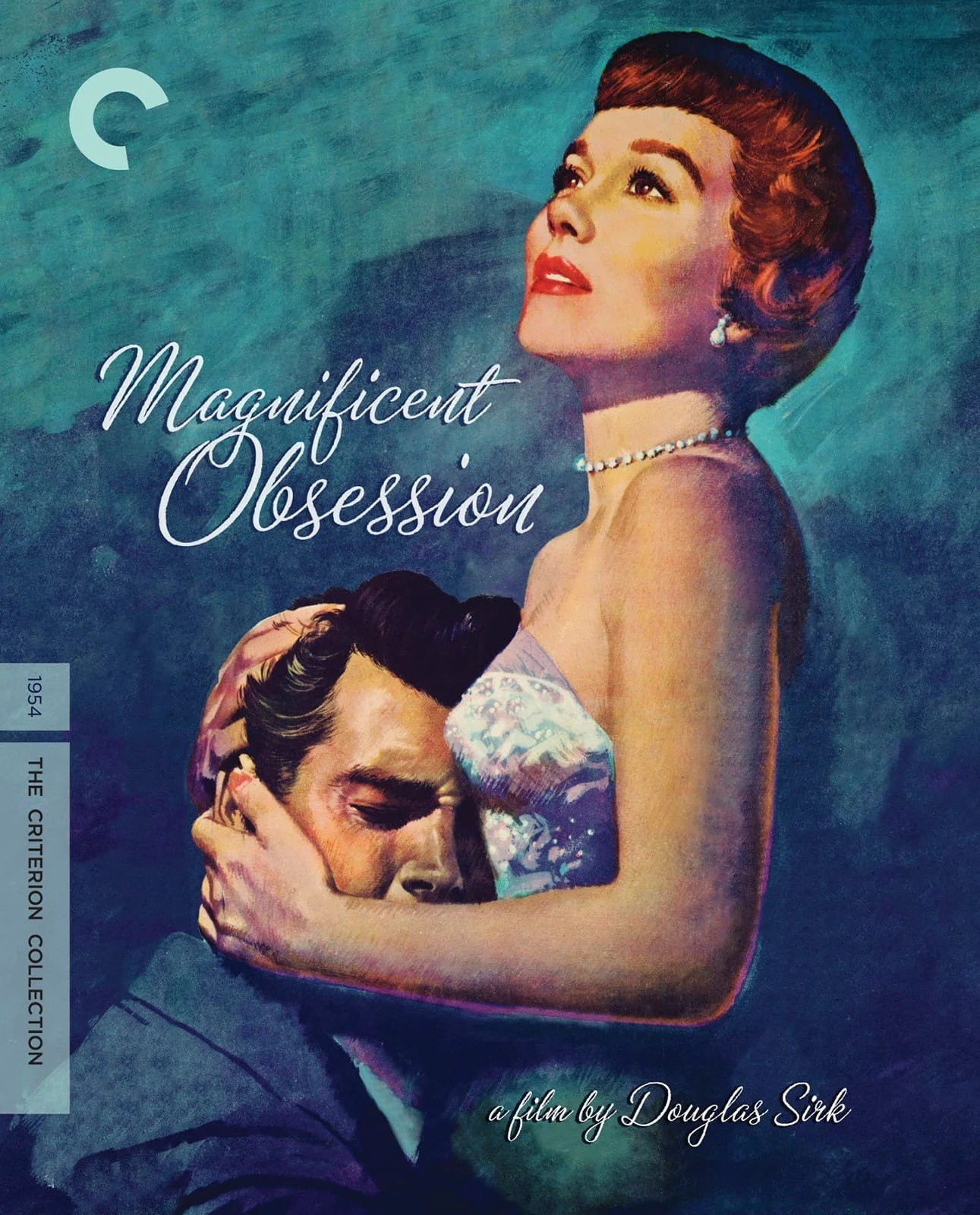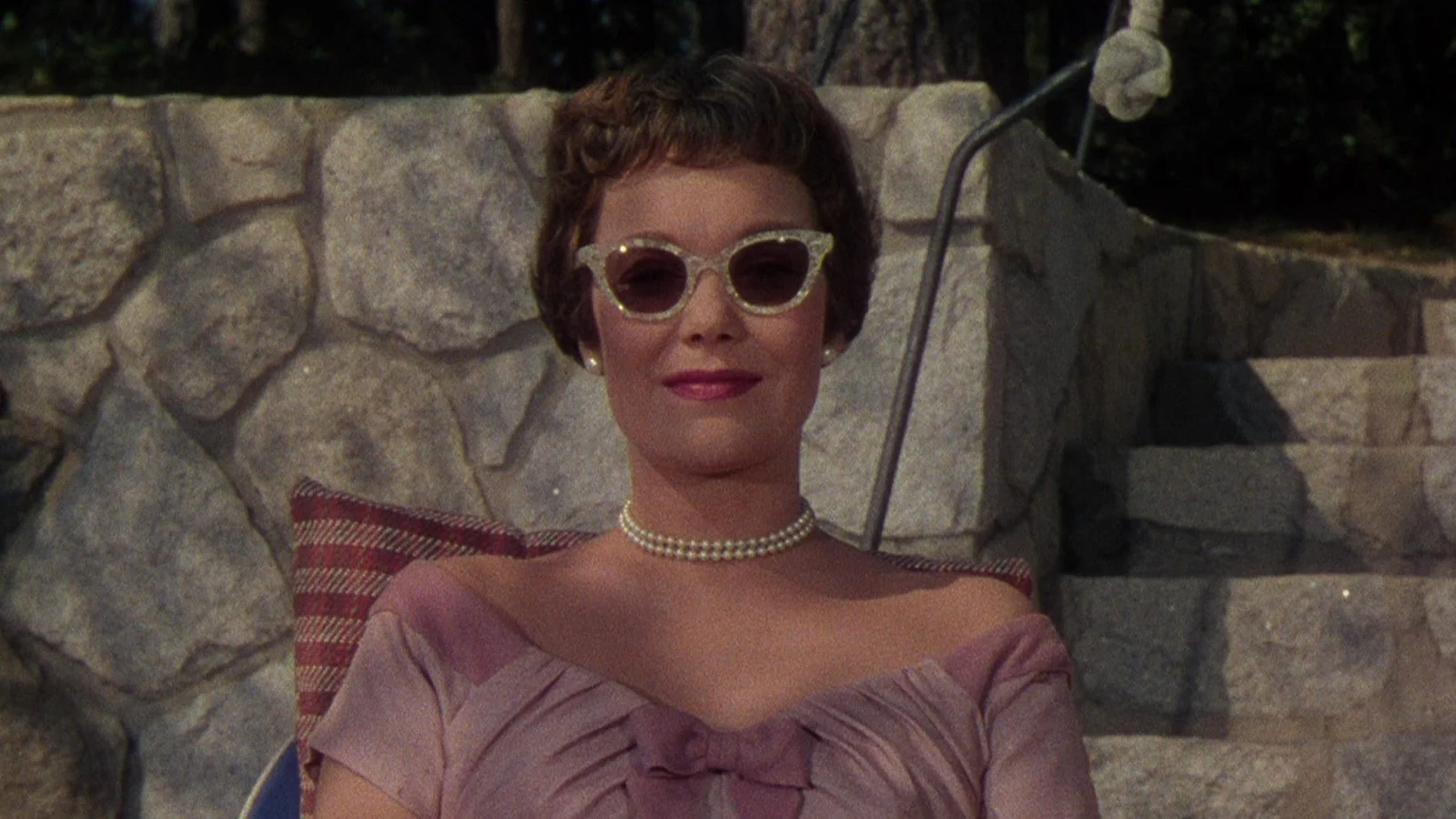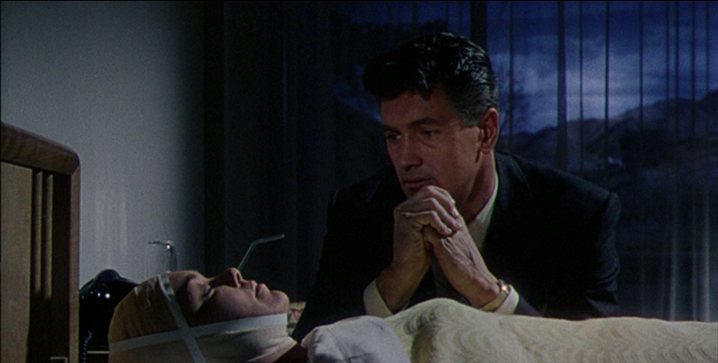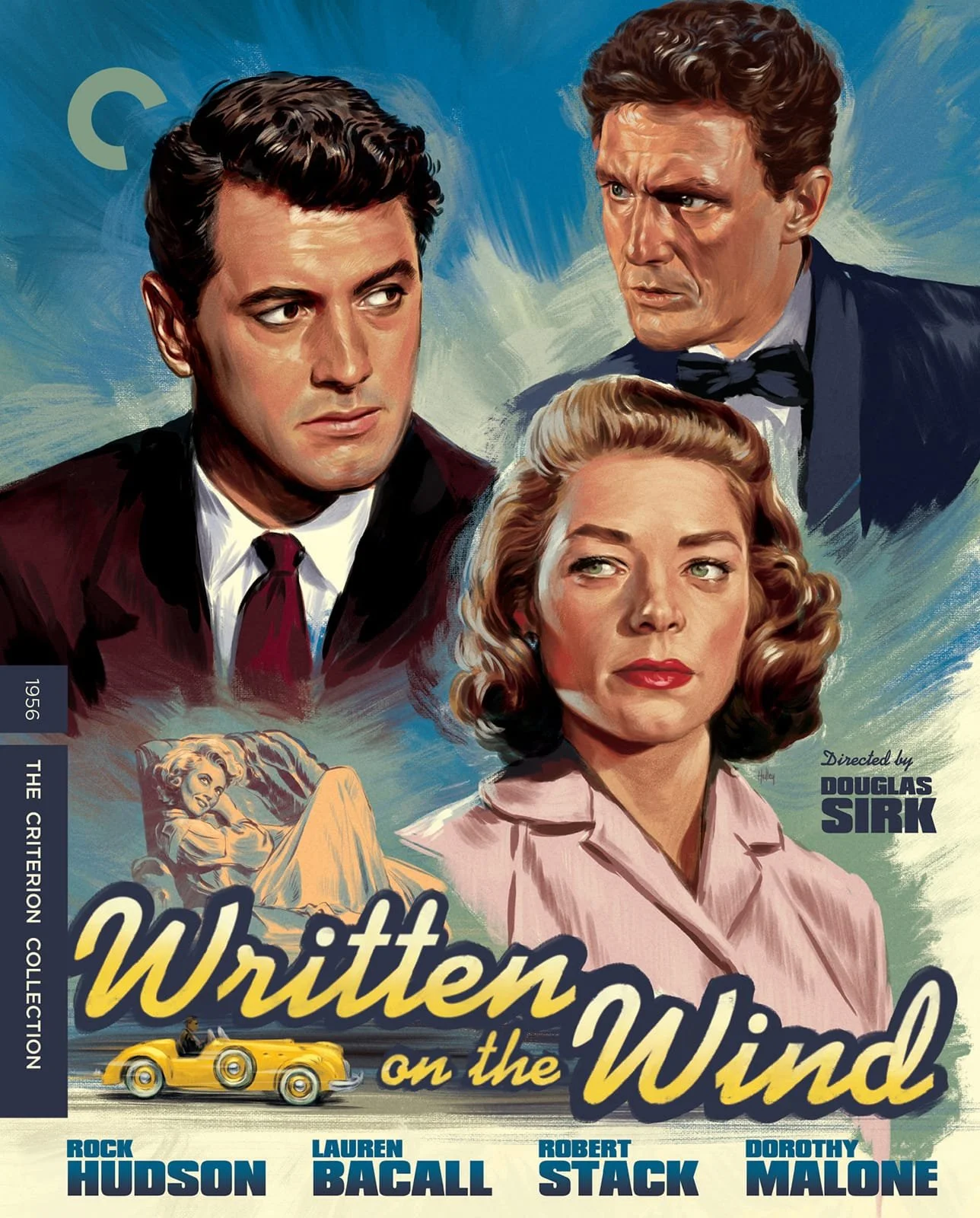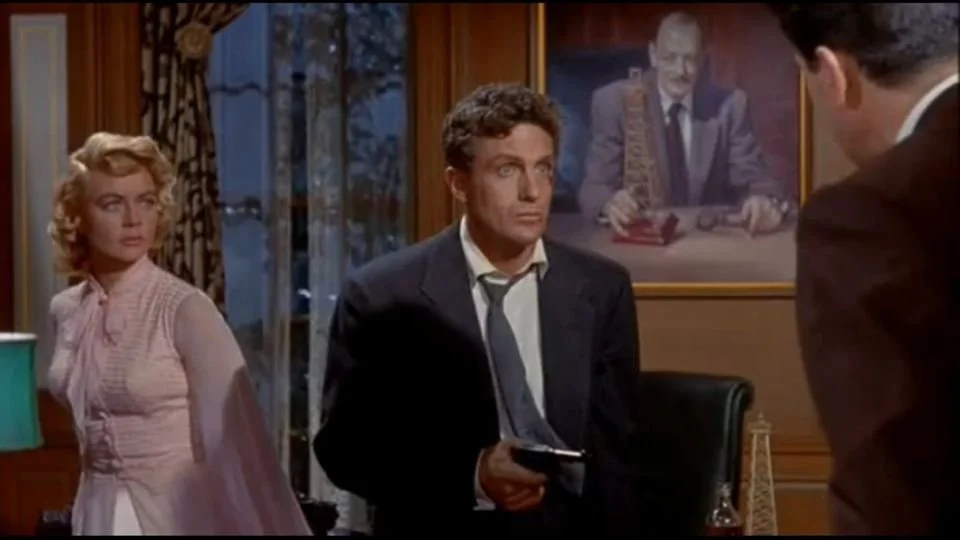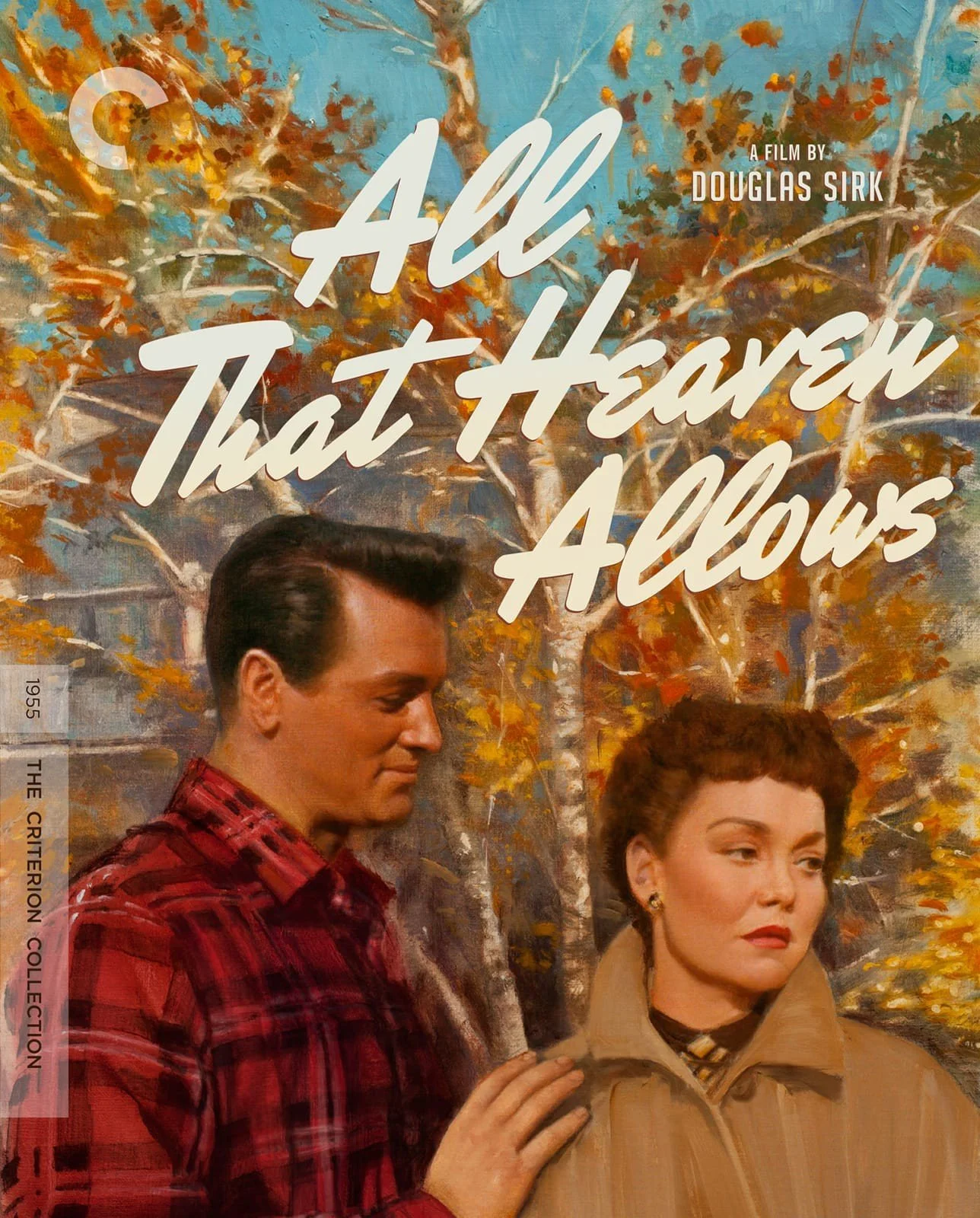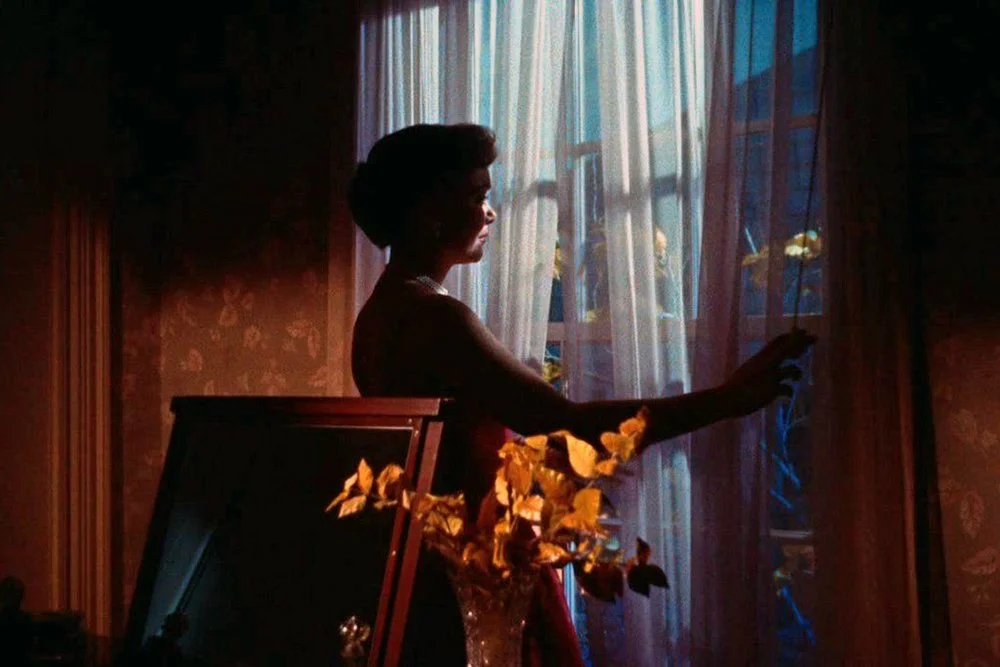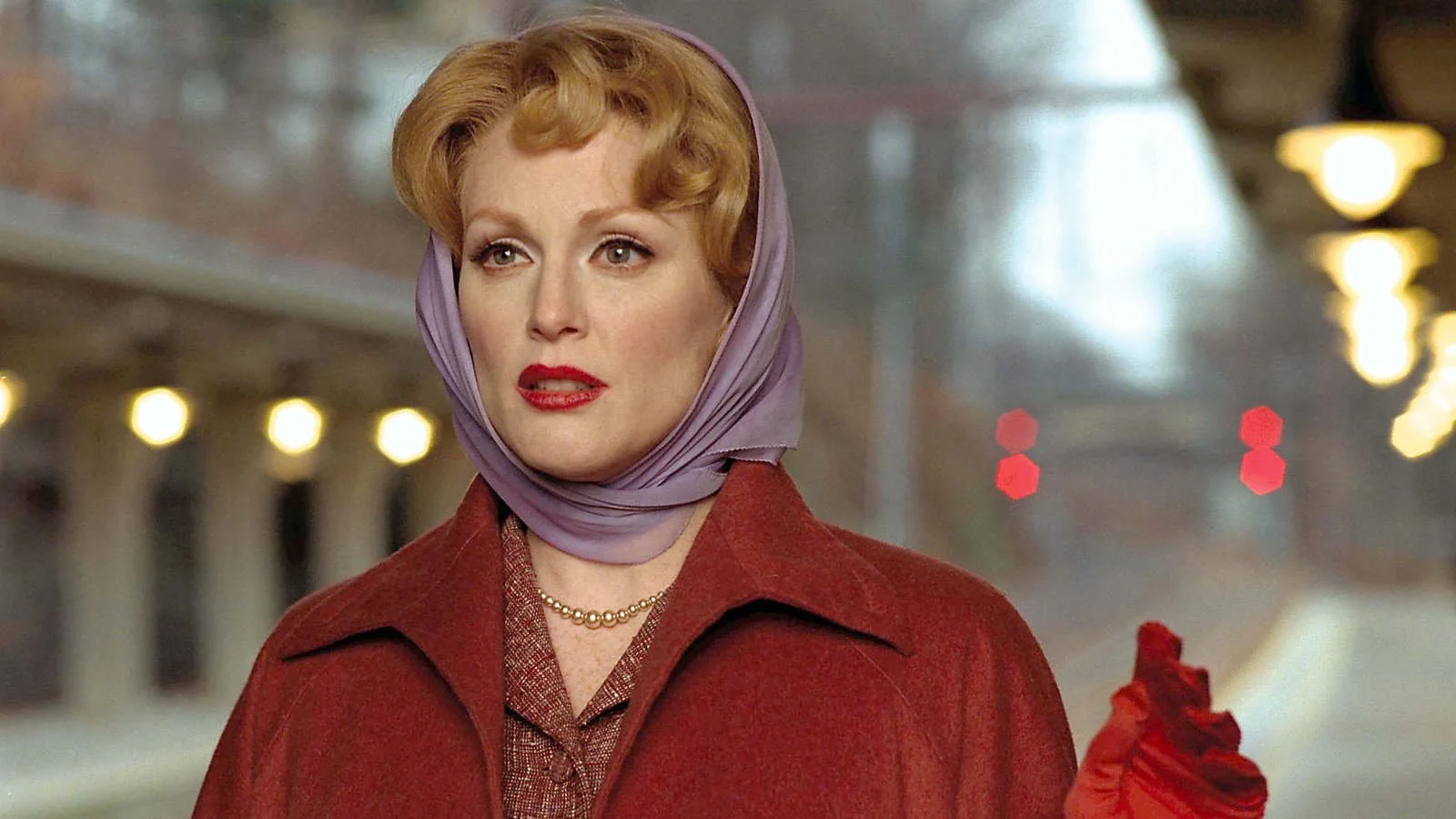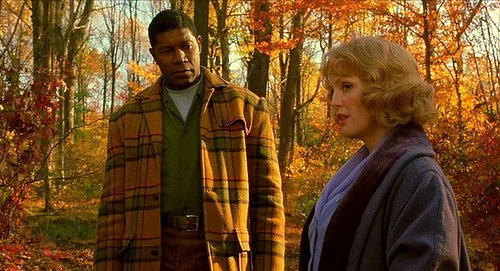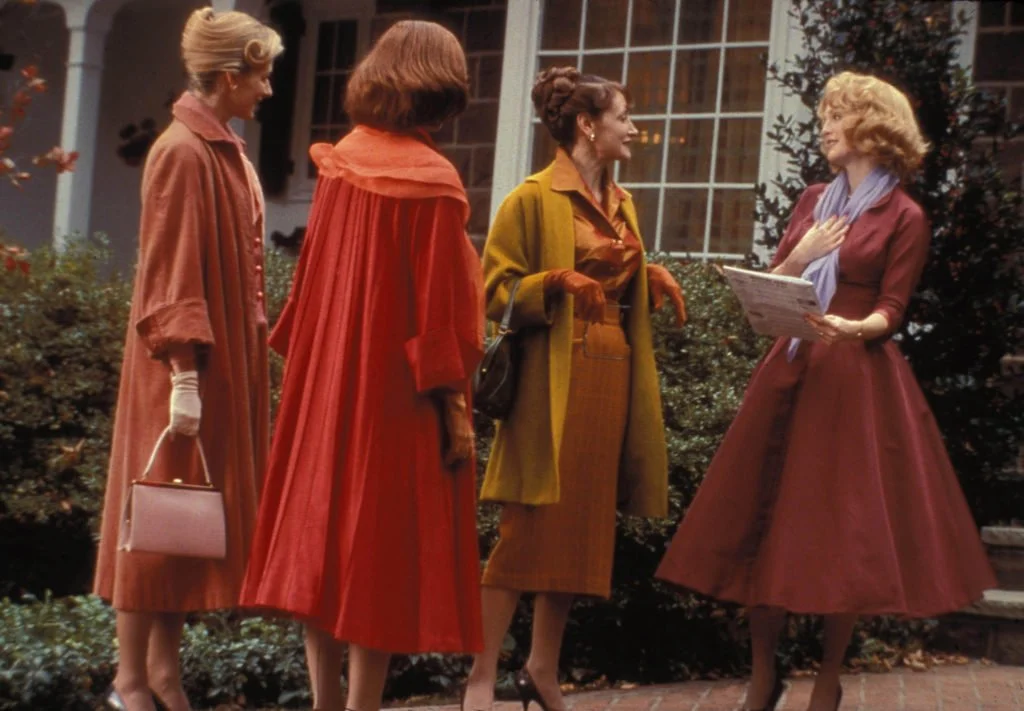Technicolor Dramas Sirk Style
When Criterion Channel announced that their February 2022 film lineup would feature the films of Douglas Sirk in his heyday, I was elated. My introduction to director Douglas Sirk's films began with Magnificent Obsession (1954), starring Rock Hudson and Jane Wyman. Upon first viewing, I instantly fell in love with Sirk's striking use of technicolor against the backdrops of dramatic film plotlines. The 1950s marked a time of post-war fantasies about white suburban middle-class families. Men returned home, and women were expected to return to their kitchens in ruffled aprons. During the 1950s, some directors aimed to address the 1950s facade that was prevalent in mainstream media. Douglas Sirk is one of those directors. I'm going to list some of my favorite films of his here for you. If you have a Criterion Channel subscription, these films are available until May 1st, so watch them while you can!
1. Magnficient Obsession (1954), as previously stated, was my first viewing of a Douglas Sirk film. This movie is one of two Sirk films that stars Jane Wyman and Rock Hudson, and what an interesting but fabulous duo (although I will always stan Rock and Doris Day). Jane Wyman was eight years older than Rock Hudson, a progressive pairing for the times. Typically the men were much older than the female leads, while women above age 30 began playing more maternal roles. Magnificent Obsession is a precursor for soap opera dramas, and the film basks in entertaining extremities while maintaining a message behind the dramatic story.
Jane Wyman plays Helen Phillips, a recent widow of the local doctor who died from suffering a heart attack. The resuscitator could've saved Dr. Phillips if he did not have to save the wealthy, spoiled playboy, Bob Merrick (played by Rock Hudson), from a reckless boating accident. Upon learning about this, Helen Phillips wants nothing to do with Bob Merrick, who goes out of his way to make surface-level amends with her and start up something romantic. The more he tries to make things up to Helen, the more things go awry, leading to more heartbreak and even blindness, believe it or not!
One of the film's key components is that the late Dr. Phillips had a secret, personal philosophy that he lived by which included helping others without expecting anything in return. This philosophy aids in Bob Merrick's growth throughout the film. This film really showcased Rock Hudson's star power and propelled him forward in his movie career. He is also a dreamboat, standing 6'5" to Jane Wyman's 5'3." Jane Wyman carries the film as a woman who longs for emotional support while not wanting to burden others with her problems. The supporting cast is also top-notch, including Agnes Moorehead, Barbara Rush, and Otto Kruger. The gowns were designed by costume designer Bill Thomas who frequently worked on Douglas Sirk films. All of his dresses showcase the beautiful silhouettes of the 50s.
This film is not Sirk's most remarkable, as its successor, All That Heaven Allows (1955), far surpasses this film, in my opinion. But it is a fabulous, light watch if you are in the mood for a 1950s soap-style film starring top-tier actors and stunning shots in glorious Technicolor film.
Written on the Wind (1956) is a complex Southern Gothic melodrama with a behind-the-scenes history that is just as complicated. This film was a project that was shelved because the novel was based on the real-life torch singer Libby Holman and the mysterious death of her husband Zachary Smith Reynolds, who was a tobacco heir. Zachary died from a gunshot wound which led to Libby and his best friend, Alber Walker, being under suspicion for the murder due to conflicts in their accounts of the events that happened the night of Zachary's death. While neither party ended up being charged with anything, it is clear that the Reynolds family did not want this story to be exploited in mainstream media. To avoid a lawsuit, RKO hired George Zuckerman to write a screenplay that eliminated many of the novel's events to prevent being sued by the wealthy Reynolds family.
This film is another Rock Hudson vehicle as Mitch Wayne, the tobacco heir's best friend who works harder than his spoiled, destructive, alcoholic best friend, Kyle Hadley, played by Robert Stack. The incomparable Lauren Bacall plays Lucy Moore in typical Bacall fashion, gorgeous and aloof with a killer wardrobe thanks to Bill Thomas. Mitch pursues her but somehow ends up with Kyle Hadley due to his expensive impulsiveness and adoration of her. They end up getting married, and Lucy gets swept into the madness of Kyle Hadley's world.
Dorothy Malone plays an unforgettable role as Kyle Hadley's sister, Marylee Hadley. She is absolutely a star in this film, stealing scene after scene. Malone plays the opposite of Lauren Bacall's cool demeanor. She is hot-headed and reckless, with an impulsive streak on par with her brother's (Fun note: Dorothy Malone even dyed her hair blonde for this film to match her character's personality more). She is madly in love with Mitch Wayne, who views her as more of a sister since he grew up with the Hadleys.
This film is intense against the hot Texan backdrop and deals with complex issues such as suicidal thoughts, infertility, alcoholism, self-destructive behavior, and violence. Robert Stack and Dorothy Malone prove that the more messy and unhinged characters typically have the meatiest roles packed with excellent dialogue and great character acting. The shots move between picturesque scenes in bright color palettes (especially in the outdoor scenes) to dark color palettes and shadowy frames (especially inside the Hadley's huge Southern home). This film feels ahead of its time as much of Douglas Sirk's work does.
3. All That Heaven Allows (1955) is my favorite of the three Sirk films. Jane Wyman, Rock Hudson, and Agnes Moorehead are together again in this lovely romantic drama that examines the falsehoods of 1950s suburban life. In this film, Jane Wyman and Rock Hudson's age difference is used as a part of the story's conflict. Wyman stars as Cary Scott, once again a widow who is considered well-to-do in the suburban neighborhood that she lives in. In this film, she has a son and daughter in college and lives in her big suburban home by herself. Her days are monotonous and lonely. She ends up meeting Rock Hudson's character, Ron Kirby, who becomes her arborist after the passing of his father, who ran the business prior.
Cary becomes instantly attracted to and interested in Ron and vice versa. They begin to date, but their lives differ greatly. Not only is Ron younger and hangs with a young crowd, but he is also uninterested in materialistic things. He is down-to-earth and wants to lead a simple life. He is unfazed by gossip and what others think of him. Cary, on the other hand, cares a great deal what others think of her. She cares more about her status in society than Ron and they face great conflict over this.
The film does an excellent job of critiquing middle-class suburban culture in subtle ways. For example, there's even a scene where it is implied that television sets are used in attempts to fulfill lonely lives. The shots in this movie are some of my favorites in cinema history. You can feel the emotion seeping just in color choice. For instance, some scenes feature backdrops and lighting in all blue, with the stars' figures as shadows reflecting the couple's forbidden love. I highly recommend this film!
4. Honorable Mention: In honor of my love of All That Heaven Allows, I had to add a wonderful homage to the film and Sirk's work. The film that I'm talking about is Far From Heaven (2002), directed by Todd Haynes. I am a huge fan of Haynes' work in part because Carol (2015) is one of my favorite period films of the past ten years (and favorite film of all time). Far From Heaven stars Julianne Moore as Cathy Whitaker, a 1950s housewife in a passionless marriage with Frank Whitaker, played by Dennis Quaid. There are some modern touches to Douglas Sirk's film in that Hudson's character is played by Dennis Haysbert as Raymond Deagan, and Viola Davis plays the Whitakers housekeeper, Sybil. The film incorporates issues that were not (and could not be) featured in All That Heaven Allows. These issues include racism, homophobia, and sexism in 1950s suburbia.
Inspired by Douglas Sirk's marvelous films, Far From Heaven features the bright, saturated color palettes we associate with Sirk's work. Costume designer, Sandy Powell (one of my favorite designers), does a marvelous job of using the clothing to evoke the coloring of technicolor. The set and props also follow this design, creating a world meant to showcase a facade.
The Whitakers attempt to keep up with appearances but their world is shattering around them. The film feels realistically 1950s and holds much of the same elements of a Sirk film. I highly recommend doing a double feature of this and All That Heaven Allows with a nice cocktail!
I hope you enjoyed my film recommendations and I will see you next week!
DISCLAIMER: I do not own any of the photographs in this blog post.

